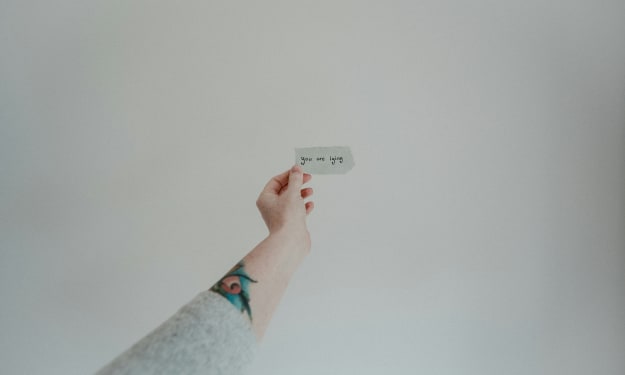
I’ve started reading Robert Kiyosaki’s book about a year back and at that time I wasn’t really having my finances in order. Sure, I tracked my money whenever I could. I knew that I had to pay rent and food, loans and living expenses but I always wondered why was I barely surviving each month, living paycheck to paycheck.
I’ve been reading a lot of personal finance books trying to make sense of things, but most of the books usually had lots of theories and fluff, which made it really hard to implement. Reading Kiyosaki’s diagram of the income statement and balance sheet of a rich person vs a poor person suddenly made so much sense to me. It was like a lightbulb moment for me.
Personal Cash Flow diagram
He highlights that the rich know the difference between an asset and liability and buys assets.
- Assets: Put money into my pockets
- Liabilities: Take money out of my pockets
Kiyosaki illustrates it really well by outlining how the middle class receives their salary and pays off their liabilities (mortgage, loans, credit card debt) and then expenses( food, living expenses, etc), with little money leftover end of the month. I think this is very common for most people, after all, debt needs to be settle, loans needs to be paid or else we might get chased by the creditors.
He contrasts this with a rich person that puts their money into their asset column, eg real estate, stocks, bonds, intellectual property etc, and how those assets generate his income and return that goes into his asset column. Kiyosaki also advocates paying yourself first when you receive your paycheck.

When I was in school, I figured if I worked hard I would earn lots of money in the future and live a relatively comfortable life, debt-free and able to enjoy my life. Comfortable in the sense of being able to afford an apartment on my own and go on local holidays without checking my bank account if I have sufficient funds.
Oh, boy was I wrong. After passing my exams with flying colours, passing all my professional chartered exams, and graduating with a Masters I realised that just working hard alone will not make you successful. After deducting the huge tax amounts the actual take-home pay is significantly much lower, compounded with the social taxes that you need to pay, I wished I knew this growing up. It definitely would not be enough to own your own apartment like you see on the tv sitcom “ Friends” in your 20’s carefree and debt-free, no matter how much most tv shows portray this.
I like the way that Kiyosasaki put it, for most people, especially millions of educated people they work harder to pursue their profession but struggle financially. I find this especially true especially having worked in a Big 4 firm.
Key takeaways
The key takeaway that I learn from this book is learning to be familiar and comfortable with financial literacy. For the most part, I think about what I do with my money a lot, how to keep it longer and how to make it work harder for me. Having used his cash flow diagram, provided me with much clarity on where I could better allocate my money most efficiently and effectively for myself to get the most amounts of return.
To really build wealth Kiyosaki suggests:
- To have better cash flow management.
- Be aware if you are buying assets or liabilities.
- Higher-income leads to higher taxes.
- Concentrate on buying/ building income-generating assets rather than buying things that most people consider are assets, but end up being liabilities.
Rich mindset
What was really eye-opening for me was that Kiyosaki mentioned that by simply getting up and working harder and failing to ask myself if this makes sense, I am basically shooting myself in the foot as I leave for work each morning.
It made me realise that to be wealthy and have the mindset of a rich person I needed to do my own thinking and figure out if there is an alternative way to make money. If there is none, how do I find new ways to make money? The key takeaway was adding value to other people, being a producer rather than merely a consumer, building up my asset column through building/ buying income-producing assets, and being aware of my personal cash flow.
Conclusion
Lastly, to always have a curious mind and to learn financial literacy. Not so much so that we can store the largest data memory in our brain, or be known as the smartest person in the room to everyone else, but more so that we have more options available at our disposal.
Option to have more choices, more leverage and power to decide upon something. Ultimately this boils down to having the financial freedom to do whatever you enjoy doing most whenever you want. Now that is freedom.
----------------------------------------------------------------------------------------
If you would like to support my writing, please consider liking my story, subscribing, pledging and/or tipping. Thank you for reading!






Comments
There are no comments for this story
Be the first to respond and start the conversation.